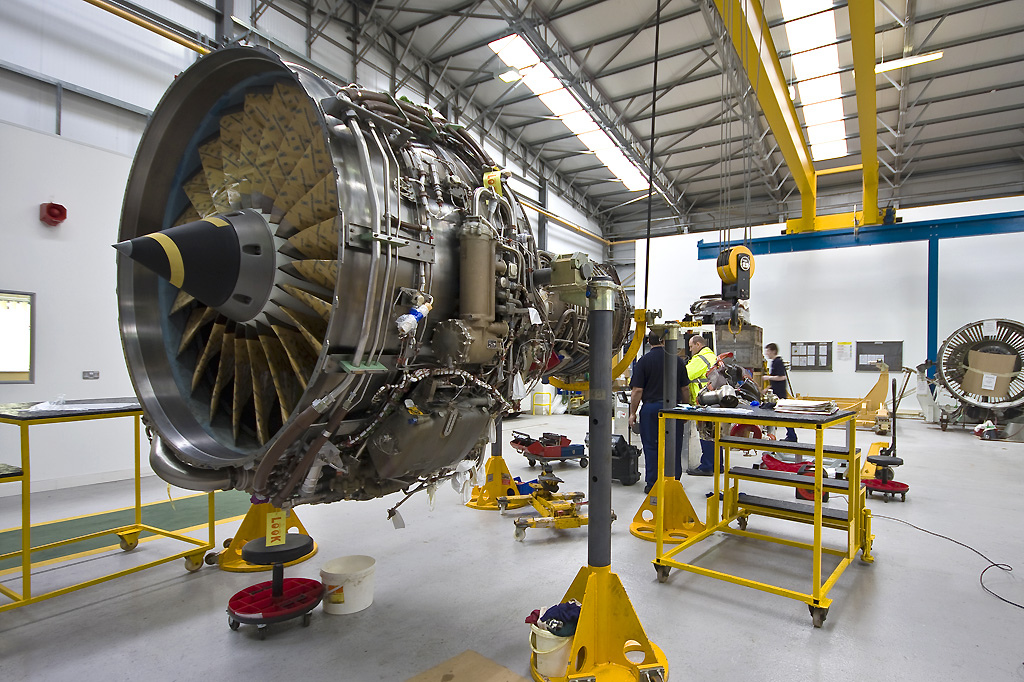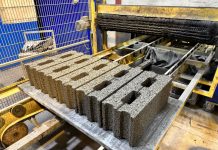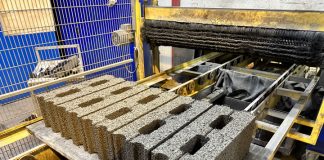Instrument rental helps Monarch avoid ‘over-tooling’ costs…
The latest borescopes from Ashtead Technology are helping engineers
at Monarch Aircraft Engineering (MAEL) to maintain the highest
levels of technology in its fleet of inspection instruments, whilst
avoiding high capital costs. MAEL Tooling Coordinator Barry Lee
says: “The key to the success of our work is an ability to provide
customers with timely, accurate and detailed inspection reports
so that they can make informed decisions. “We therefore have a
close relationship with Ashtead Technology because this provides
us with fast access to a broad range of the latest technologies.”
MAEL is a division of Monarch, the UK’s longest-established,
privately owned travel group. MAEL provides base and line maintenance,
continuing airworthiness, design, technical training and component
support. As a leading provider of MRO (Maintenance, Repair, and
Overhaul), MAEL focuses on cost-efficient service delivery to
both Monarch and blue-chip third-party customers. Operating globally,
MAEL provides aircraft maintenance services to clients located
in east and west Europe, the Middle East, Australia and North
America. With superior knowledge in maintaining legacy fleets
MAEL is also a leading MRO for new technology aircraft, including
the Boeing 787 Dreamliner, for which it is one of a small group
of worldwide Boeing-approved GoldCare providers.
The quality of MAEL’s services is underpinned by a highly effective
test and inspection capability which utilises the latest technologies
to comply with all regulatory requirements. For example: thermal
cameras are employed to identify potential weaknesses, corrosion
or poor electrical connections; ultrasonic instruments enable
the detection of flaws or cracks that are not visible to the human
eye, and borescopes enable the internal inspection of aircraft
components. Borescopes are commonly employed to inspect engines,
auxiliary power units and other difficult to access locations.
Barry says “The latest borescopes are extremely small and have
particularly good articulation, which means that it is becoming
easier to generate high quality reports.”
One of Barry’s main responsibilities is to ensure that MAEL’s
engineers are provided with the best available inspection technologies.
“We maintain a stock of the instruments that we use most frequently
and this is regularly supplemented by rented equipment from Ashtead
Technology,” he says. In order for MAEL’s customers to make informed
decisions on how best to proceed following an inspection, it is
necessary for them to be provided with clear, accurate information
on any identified defects such as cracks. MAEL’s engineers may
offer advice following an inspection, but the aircraft owner will
decide on the most appropriate course of action. For example,
it may be necessary for a specific defect to be inspected more
frequently, in order to assess crack propagation for example,
or, if the defect is significant, the part (E.g. engine blade)
may need to be replaced. If the problem is more serious, it may
be necessary to lease a replacement engine whilst the other is
repaired.
Clearly, there are major safety and financial implications for
this work and all inspection information therefore has to be traceable
and logged. “The creation of digital reports, complemented by
detailed images and video means that this information can be easily
shared, so that different people can contribute to the decision
making process, which is a major benefit,” Barry says. In recent
years, advances in borescope technology have greatly improved
the quality of inspection reports. For example, Stereo Borescopes
such as the IPLEX RX provide an advanced imaging capability, and
a screen switching system that enables users to employ stereo
measurement technology.
Stereo measurement offers a number of important advantages. For
example, a ‘distance’ mode enables the measurement of defect length
by clicking the cursor at both ends of the defect. In the ‘point-to-line’
mode it is possible to create a reference line and then measure
a distance from that line. Similarly, a ‘depth’ mode enables the
measurement of depth or height from a specified reference surface
to any point, and an ‘area/lines’ mode can be employed to measure
the circumference or area between marker points. The IPLEX RX
also produces the best video and still image quality of any Olympus
videoscope. This is complemented by an LED illumination system
that is twice as bright as conventional videoscopes, and dynamically
adjusts light output to reduce halation when metal or reflective
surfaces are inspected. The image processor interacts intelligently
with the illumination system to deliver an optimised amount of
light and gain enhancement to provide images that are very clear
and sharply defined.
Typical applications for borescopes include the inspection of
the inside of a reciprocating engine cylinder, by inserting the
flexible probe into an open spark plug hole to detect damaged
pistons, cylinder walls, or valves. Similarly, the hot section
of a turbine engine can be assessed by inserting a probe through
the hole of a removed igniter or via the access plugs which are
designed into many engines, specifically to enable borescope inspections.
Commenting on the need to supplement MAEL’s fleet of borescopes
with hired instruments, Barry says: “There are two main reasons
for renting. Firstly, to increase our capability during periods
of high demand; and secondly to enable us to try out new instruments
or technologies, without having to commit to significant capital
expense. “We have dealt with Ashtead Technology for many years
and it has been very useful to develop an effective working relationship.
Instruments can be delivered very quickly – same-day in some cases
– and they are ready for immediate use, which helps ensure the
speed and efficiency of our work.
As an airline MRO with a large number of line maintenance clients
MAEL is acutely aware of the significant damage to airline operations
and revenue that limiting defects represent. In order to ensure
that the necessary action is taken to manage these operational
limitations, a Specialised Monarch AOG Response Team (SMART) was
created, comprising highly qualified engineers who are available
24/7 to meet up with the relevant aircraft, equipped with the
necessary tools to carry out the maintenance requirement. “All
of the SMART team have been trained on the use of borescopes.
In some cases this training was provided by the instrument manufacturer,
but for others, it was supplied by Ashtead Technology,” Barry
adds.
Ashtead Technology’s Alan Hasson believes that continual investment
in the company’s rental fleet is a core strength of the business;
“Our overall objective is to ensure that customers have access
to the instruments that best meet their needs, but beyond that
we are constantly investing in new technology so that our customers
don’t need to. “In addition to borescopes, a wide variety of other
NDT and remote visual inspection instruments are employed within
the aerospace sector. For example, high-speed cameras are used
to study the action of components that move too fast for the human
eye, and portable XRF analysers are employed to check the metallic
components built into airframes and jet engines.” Summarising,
Barry Lee says: “The ability to hire instruments at very short
notice is a major advantage because it reduces the capital cost
that would be incurred by maintaining a tooling capability to
meet maximum demand. For example, if non-routine inspections are
required as a result of bird strikes or flight crew reports, the
ability to rent means that our instrumentation capacity can be
adjusted accordingly.”
ENDS
Words: 1,200







